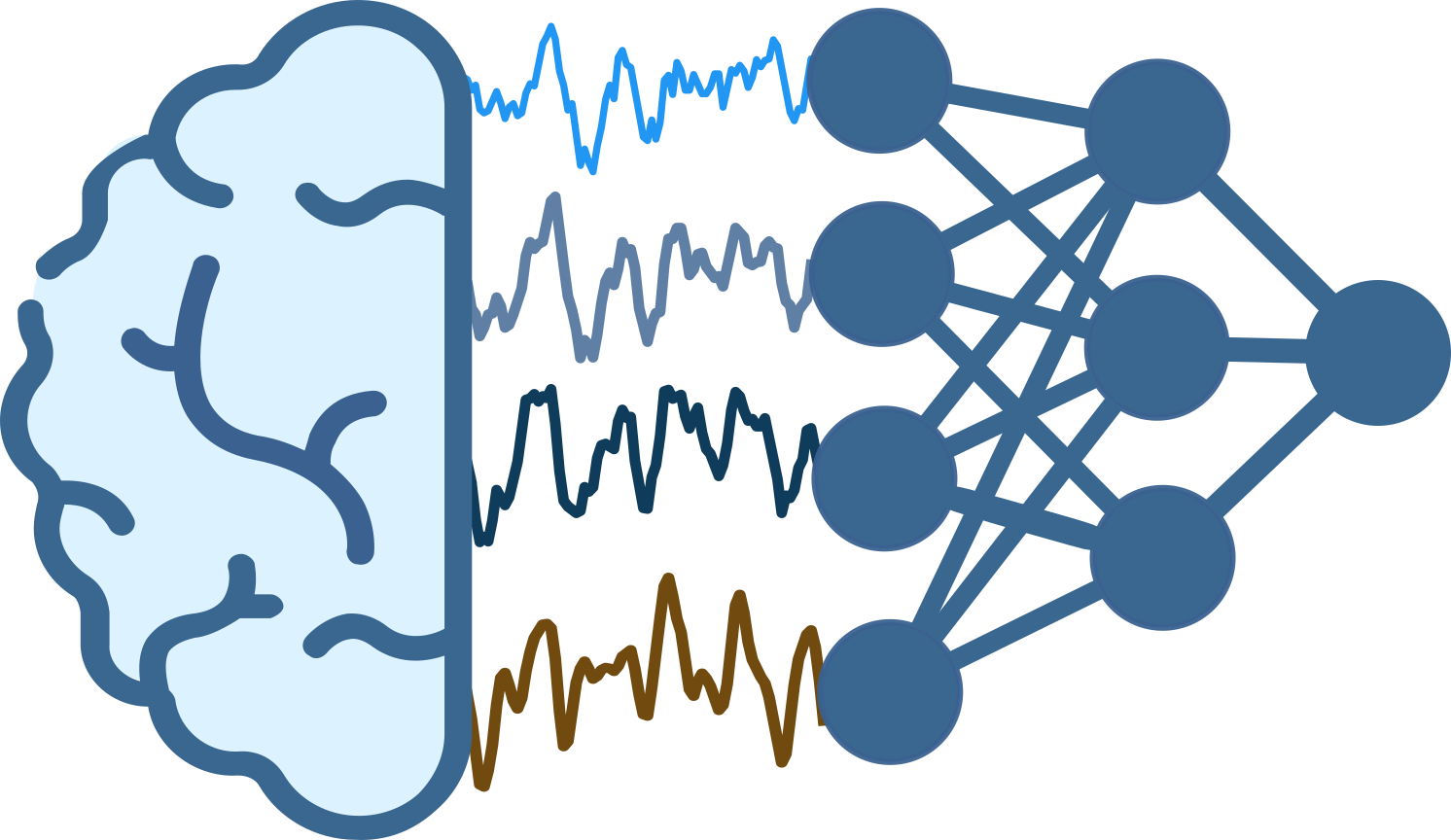braindecode.models.EEGNetv1#
- class braindecode.models.EEGNetv1(n_chans=None, n_outputs=None, n_times=None, final_conv_length='auto', pool_mode='max', second_kernel_size=(2, 32), third_kernel_size=(8, 4), drop_prob=0.25, activation: ~torch.nn.modules.module.Module = <class 'torch.nn.modules.activation.ELU'>, chs_info=None, input_window_seconds=None, sfreq=None)[source]#
EEGNet model from Lawhern et al. 2016 from [EEGNet].
See details in [EEGNet].
- Parameters:
n_chans (int) – Number of EEG channels.
n_outputs (int) – Number of outputs of the model. This is the number of classes in the case of classification.
n_times (int) – Number of time samples of the input window.
final_conv_length – The description is missing.
pool_mode – The description is missing.
second_kernel_size – The description is missing.
third_kernel_size – The description is missing.
drop_prob – The description is missing.
activation (nn.Module, default=nn.ELU) – Activation function class to apply. Should be a PyTorch activation module class like
nn.ReLUornn.ELU. Default isnn.ELU.chs_info (list of dict) – Information about each individual EEG channel. This should be filled with
info["chs"]. Refer tomne.Infofor more details.input_window_seconds (float) – Length of the input window in seconds.
sfreq (float) – Sampling frequency of the EEG recordings.
- Raises:
ValueError – If some input signal-related parameters are not specified: and can not be inferred.
Notes
This implementation is not guaranteed to be correct, has not been checked by original authors, only reimplemented from the paper description.
References
